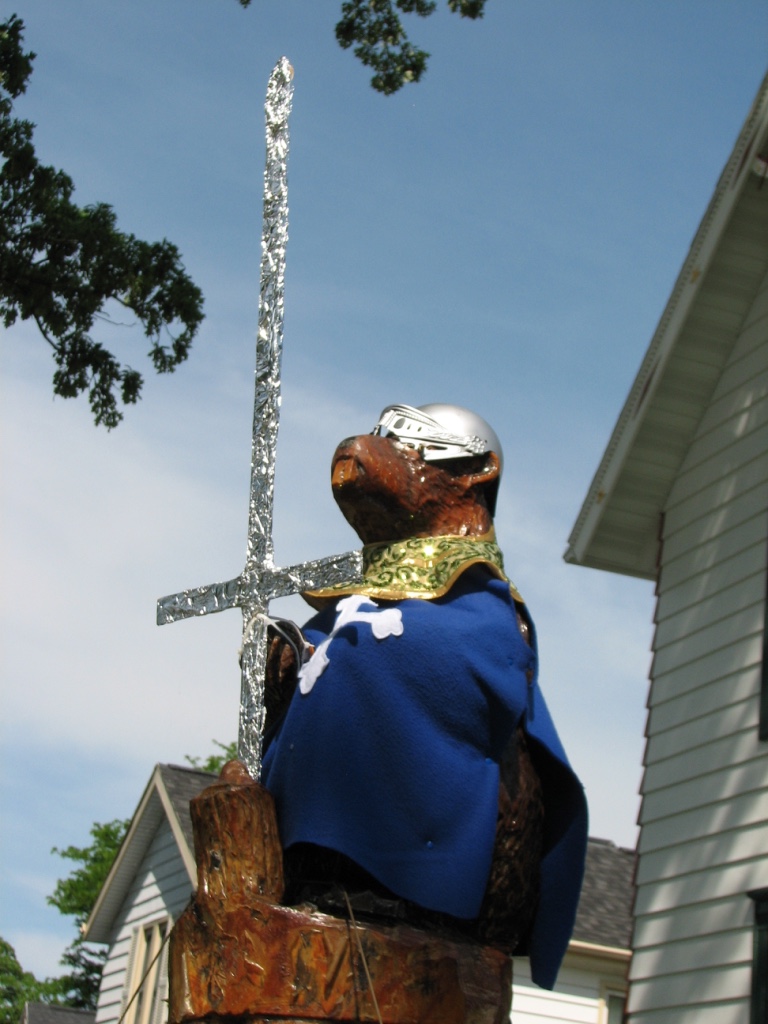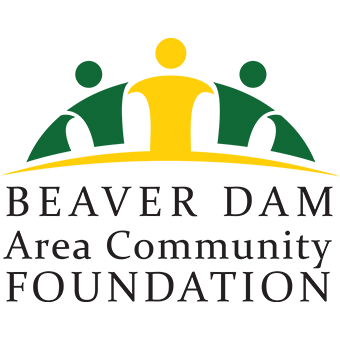– Barbarian Kingdoms/Dark Ages
– Spread of Christianity throughout Europe
– Romanesque architecture follow by Gothic architecture
– Peak Islam expansion in 800 AD
– Manorialism/feudalism (peasants pay rent to lords)
– Medieval Knights/chivalry
– Crusades
– Dramatic climate change — Medieval Warm Period, followed by The Little Ice Age, which led to wide-spread crop failure and the Great Famine (Yes indeed, Al Gore probably needs to make another movie!)
– Black death which resulted in the death of 1/3 to 1/2 of the population
– Rise of the Nation State/Centralized Monarchy/Kingdoms
The end of the Middle Ages was marked by: Renaissance, reemergence of town life and rise of the middle class, Christopher Columbus and the Age of Discovery, invention of the printing press, gunpowder, Protestant Reformation and the Decline of the Papacy, and the 29 May 1453 signature event — the fall of Constantinople, which ended the Byzantine Empire and began the Modern Era.
Here’s a couple of video clips that will help you long for days of yore:
C’est Moi — https://www.youtube.com/watch?v=TdrEmZ35fxc
Monty Python, the Black Knight Fight — https://www.youtube.com/watch?v=mjEcj8KpuJw


